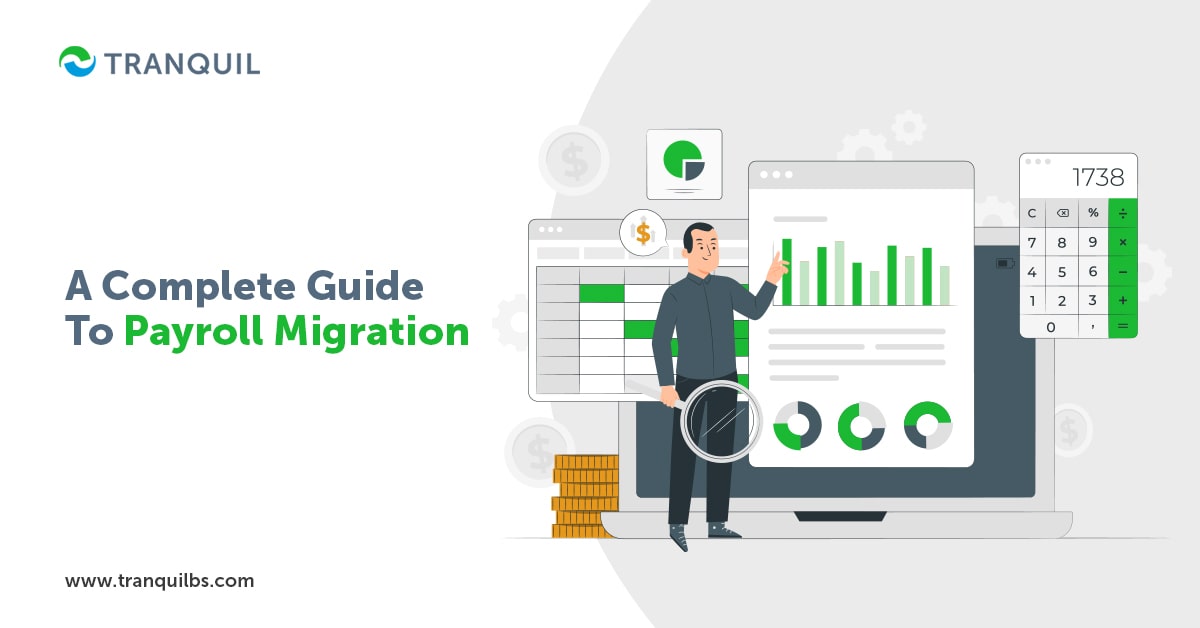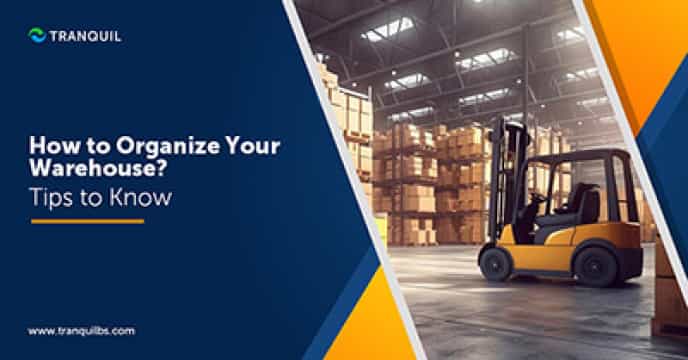Payroll processing is one of the most important and complex business processes.
SMEs tend to use manual methods and spreadsheets or outsource it to a professional; however, both methods are susceptible to numerous errors.
ALSO READ: Need of Having HR & Payroll Management Software in SMEs
What is Payroll?
It is the process that involves the calculation of salaries to employees after making adjustments like employee contributions if any, taxes, loan EMIs, bonuses, meal coupons, and so on, for a specific time period.
The period is usually one month.
The entire process begins with preparing the employee list, and continues with calculation, making the necessary additions and deductions, and arriving at the amount payable to each employee individually, and in total.
The payroll also includes employee details like their departments, designations, leaves, etc. in addition to the salary, deductions, and bonuses.
Managing this entire process of wage payment in an organization to its employees is what we refer to as payroll processing or payroll management.
You can understand from this that payroll management can be complicated – which is why many organizations prefer to outsource this task.
However, the entire process can be simplified, streamlined, automated, and made much more efficient by adopting technology.
ALSO READ: The Must-Have Modules and Features for an HRMS
Payroll Migration

By payroll migration, we mean the process of moving to a new payroll platform from the existing one; it could be due to various reasons like inefficient systems that hamper productivity, slow legacy software, erroneous payroll calculations, delay in issuing salaries, or cut costs by adopting new tech.
It often happens that a business is not able to perform their payroll migration by themselves; they have to hire payroll migration services.
It could also be that the business wants to outsource its payroll in its entirety, for which they may make use of a payroll vendor.
Vendors make use of payroll management systems, allowing businesses to manage their payroll efficiently and accurately.
The process of migrating the payroll is implemented at the end of a quarter or financial year; this decision is based on the number of transactions and workload a business has.
ALSO READ: HCM vs HRM
Preparing For Your Data Migration Project


Preparing for the migration can be daunting, as it is a complicated process that involves several departments and employees, and necessitates a great deal of time and effort.
If you don’t do the job properly, you could lose data, and that can have a seriously negative impact on your daily operations.
But there’s no reason to get unduly perturbed.
We have listed a few steps you can take to simplify the migration process and make it easy.
6 Steps to Follow in Preparation for Payroll Migration:
1. Assign Personnel and Allocate Responsibilities
It is critical that you select the right team members to perform the payroll data migration; they have to know the legacy system as well as the new system thoroughly, and must know in detail, the working of the new payroll system.
In case you do not have anyone in your organization with this knowledge or capability, you can always hire an external agency to perform your data migration.
It may involve a slightly higher cost but at least you can be assured that you will not lose any data – which makes it worth the extra cost.
ALSO READ: Common HR Mistakes and Tips to Avoid Them
2. Choose the Appropriate Data Points and Take Backups
Once you have the right people for the job, then you need to see which documents and data you want to migrate or port.
Ensure that you back up your data and make copies.
This way, in case any errors occur while extracting the data, you have a reference document, and the mistakes can be rectified with minimum damage.
3. Cleanse your Data
The best time to review all of the data in your hand is when you are changing from your old system to a new one.
If you have been using a standalone payroll system (or HR and payroll only), you must clean up your data to make sure that everything is synchronized.
You have already identified the date to be migrated; now you can initiate a cleanup.
This step must be performed very carefully, as it is a complex process where a lot of mistakes can happen.
It is advisable to let an experienced third-party migration service handle this task if your employees lack the expertise to execute it.
All unnecessary and outdated data must be removed.
The management has to take the responsibility of making sure that all the payroll data is accurate and updated.
They must check and verify the employee details, and ascertain that the data is consistent, complete, and comprehensive.
ALSO READ: What is Employee Turnover?
4. Draw Up a Process Summary and Plan for Migration
It is essential to craft a process summary so that you have clarity and there is no duplication of data while backing it up.
It is critical that everyone involved in this task are absolutely clear and sure of their responsibilities before you proceed.
You must also ensure that you secure the data effectively so that there is no loss or leak.
If you are using the services of a payroll migration vendor, this is where the data is lifted by the vendor.
The present payroll, and employee resource planning format from the current system is extracted and stored in a different location.
Robust and efficient payroll services like Tranquil leverage the power of the cloud for this.
If required, our migration team will upgrade the software and protocols.
If they are up-to-date, the data will be retained in the current format.
ALSO READ: Benefits of Having an Employee Self-Service System
5. Test your New System
After migrating the necessary data to your new system, there are certain tasks to carry out to make sure that it will work the way it should.
First and foremost, you have to make sure that the calculations of the payroll are perfect.
This can be determined by conducting several tests, which ideally should have important data points that impact your company’s everyday operations.
You can make use of a tracker for this step.
Ensure that you have clarity on what constitutes a success or failure for each test.
These tests are essential to verify if your payroll systems and calculations are error-free; they are not run to detect flaws or errors.
ALSO READ: What is Asset Depreciation and Why is it Important?
It is simply done to ascertain that the new process is smooth and flawless – you could say that you have to do this to re-validate the accuracy of the transformed data.
There is no harm in running a series of tests till such time as you are completely convinced that the system is flawless.
Your migration vendor can also help you perform beta testing to get feedback from the end-user to make the necessary changes and improvements.
After all this is completed, the management can give the go-ahead for the new system.
6. Go Live
By this stage you have done whatever was necessary and have taken all the necessary measures to ensure that everything is accurate and secure.
You are ready to go live. As a final step before implementation, it’s a good idea to train your employees properly on the new system.
ALSO READ: Inventory Management Trends to Watch Out for
What are the Benefits of Payroll Migration


Migrating your payroll to vendors who use cloud platforms offers several benefits to your business.
You have much less pressure as you no longer have to supervise payroll calculation for all of your employees – that responsibility is shifted to the vendor.
Payroll vendors and their software offer easy access to employees, and offer precise, properly maintained data and reports.
Another huge benefit for businesses is that software like Tranquil Payroll system is easily scalable so that it will continue to handle your payroll smoothly even when your business grows.
It is also very secure, as there are remote servers for data storage, and backups are always easily available.
They are less prone to system crashing; therefore, you don’t have to worry about data loss.
ALSO READ: Differences between Debit notes and Credit Notes
The progress and efficiency of the organization are in no way hampered – in fact, it brings in greater efficiency and productivity, as your employees can be freed from mundane tasks and can focus instead of value-adding tasks and core business activities.
With the appropriate migration services for your payroll, your business can smoothly migrate all the required payroll data without worrying about the complications.
Let us have a quick recap of the benefits of migrating to a cloud-driven payroll system:
- Quick and easy access to precise data and reports
- Excellent scalability and growth potential
- Robust data security
- Protect sensitive financial information
- Data backup availability
- Eliminate errors in calculation of payroll
- Reduce operational expenses significantly
ALSO READ: What Is Cloud Data Protection?
To Sum Up
The requirements of payroll are dynamic, and keep changing frequently; this is especially true for organizations that are on an accelerated growth path.
Time is of the utmost importance for such organizations and you can save a great deal of it when you choose to perform a thorough payroll migration.
The data migration process is usually executed at the end of the financial year, though some businesses may choose to do it at the end of a quarter as well.
ALSO READ: How Do ERP Systems Work?
If your company doesn’t have the in-house expertise to migrate your payroll data, it makes sense to engage the services of renowned providers like Tranquil. We are one of the most trusted providers of business solutions in the GCC region, for the past decade. We have the expertise, the requisite industry knowledge, and the dedication to perform a quick, flawless, and smooth payroll data migration for your organization with minimal disruption of business. Still unsure? See for yourself how Tranquil can benefit your business – Schedule a FREE demo right now with our experts. They will explain every feature and answer all your queries.





